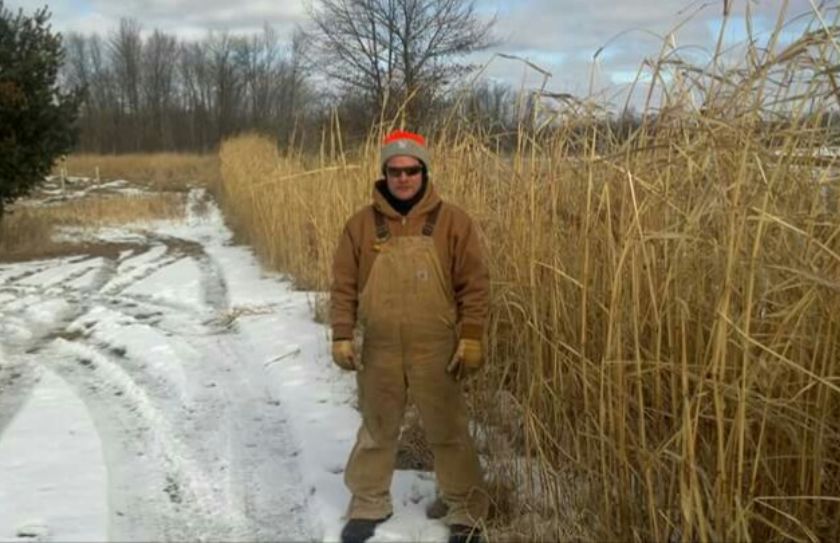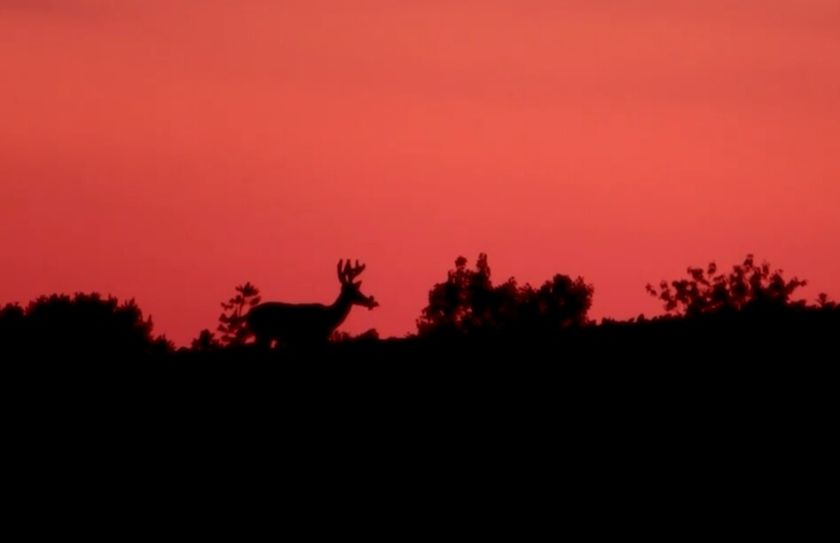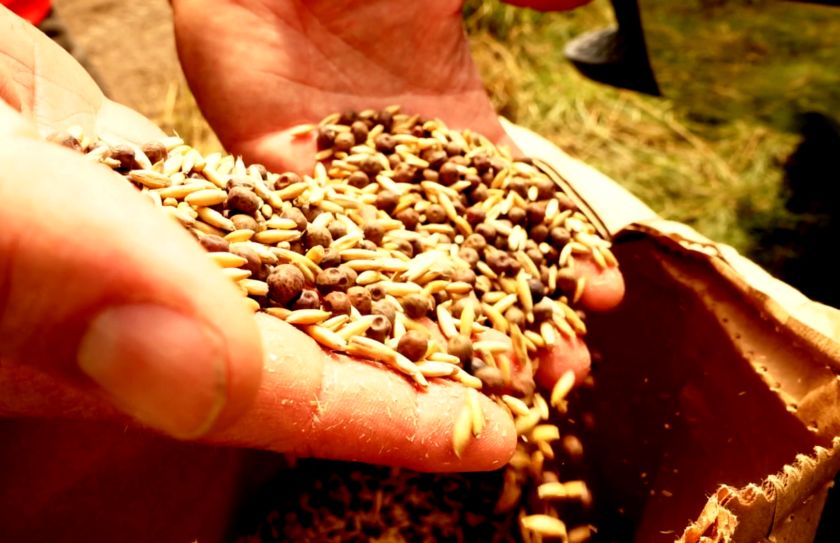Summer food plots of bountiful green are about as pretty as can be. The number of delicious forage combinations for lactating does, nursing fawns and velvet cladded bucks, are nearly endless. So all that you need to do is find the latest and greatest seed variety and begin your Summer food plot strategy program, right? Well, not so fast fellow food plot farmers! The process of planting a Summer food plot on your land is not neccessarily an assumed necessity for you or the local herd. In fact, the true results of a Summer plot can range from negative to positive, or somewhere in between. From population levels to new food plot programs to your ultimate level of herd and hunting influence, there are 5 important Summer food plot questions that you should explore and score, before ever pulling the trigger for a warm season plot.
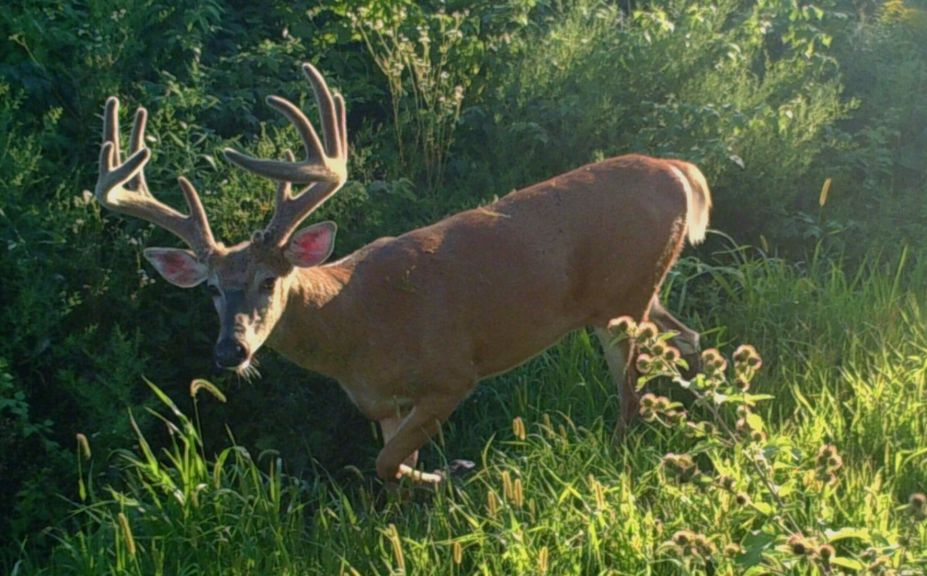
"But it sounds so good on paper!" While I am not suggesting that you don't plant Summer food plots, what I am suggesting is that you do not progress blindly into warm season plotting strategies without first really exploring why you are exactly planting in the first place. Planting a food plot is a strategy tool in the habitat managers toolbox. So are travel corridor creations, hinge cut bedding areas, mock scrape strategies, waterhole installs, native grass planting and timber harvest. Each one of those tools has a place, a time and a level of priority from 0 to 10. Just because you have the resources of a particular tool, doesn't mean that you should actually use that tool.
Should you plant a Summer food plot?
Should you begin planting when the temperatures are on the rise? Try answering "yes" to all or most of these 5 questions first, before you proceed.
1. Is the deer population on your land too low?
Quality Summer food plots easily can and do, increase the deer numbers on the lands that they are planted. In my experience there is no better form of population control other than trigger control, that you can use to increase or decrease the number of deer on your land. Quality Fall habitat combined with quality Summer food, equals a high level of attraction for doe family groups and their offspring. Best of all, doe family groups have a very small home range compared to bucks, in particular mature bucks. By offering Summer food plots you can expect to attract does, attract fawning activities and then keep those deer focused on your land with a very high level of Fall success.
It comes as no surprise to me when I travel the country designing whitetail parcels, that the parcels with the largest populations problems, have the greatest amount and quality, of Summer food plot plantings. If your habitat and hunting strategies is to increase the overall population of deer on your land, then make sure to consider planting a Summer food plot. On the flipside, one of the first steps to reducing population concerns, is to reduce or eliminate your Summer food plots.
2. Are you establishing a new food plot program?
Food should not only be used to attract, hold and build a herd, but to defined daily deer movement at the same time. In fact, that daily level of deer movement should be used as the foundation for every single deer herd and hunting parcel plan. Even if Summer plots are not needed on a particular parcel, that doesn't mean that they are not needed when you are installing a new food plot program that you need to use to defined deer movement. While various defined whitetail movement patterns will easily fall into place over the years, the deer often need a little kickstart the first year of implementation. By planting Summer food plots on new ground, you can help to establish the intended pattern of daily use by the local deer herd, well before Fall.
3. Does your Fall food plot strategy have enough to attract, hold and keep the focus of a hunting season deer herd?
While deer numbers can be increased during the Summer months by easily attracting does and fawns, those warm season doe family groups and Fall bucks that you need present to build a quality herd and hunt, will slowly trickle away if your land doesn't offer enough Fall food. If you have covered your Fall bases first, you can then work on adding Summer food plots if needed. However, Fall food plots are the lowest hole in the bucket of annual food needs as it relates to your ability to attract, mold and shape a deer herd. Just like the resources of time and money below, you should never begin to even think about planting a Summer food plot, if the rest of your food plot program is running dry by December.
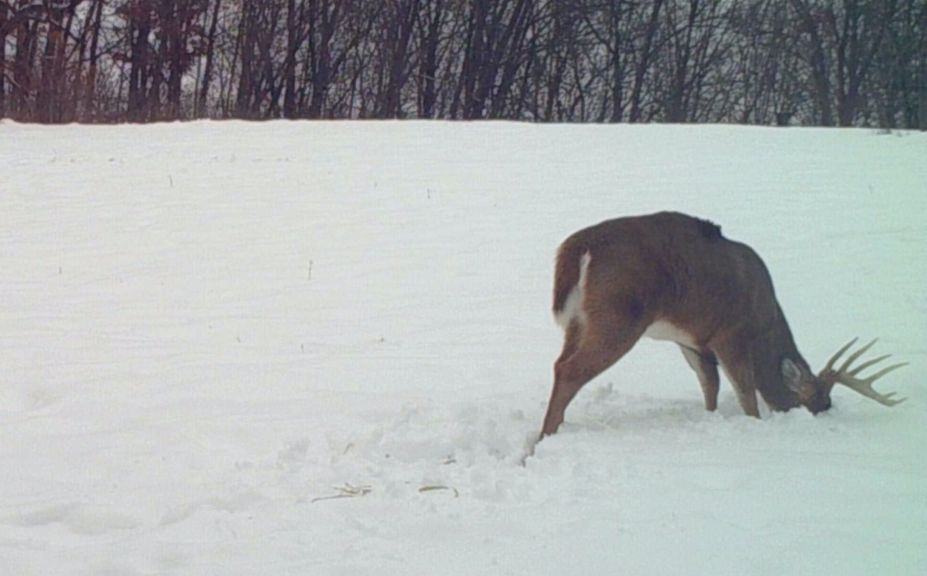
*How long do your food sources last? This food plot attracted and fed deer throughout the entire Wisconsin deer season and well beyond! To learn more about knowing what and how much to plant, be sure to read, "How Many Acres Of Food Plot Should I Plant?"
4. Are you located within deep, wilderness settings of poor soils and low quality habitat?
In the North 1/2 of the country, there are very, very few areas that you can add more Summer food, to positively increase herd health. In fact if your choice is between the slim potential of any slight Summer gains -or- having enough food during the Fall and Winter when deer need the resources the most, the choice isn't even close. Agricultural settings are absolutely no exception to that rule.
In ag settings, count your many blessings! Why? Because whitetails have incredibly manicured bounties of food at every turn. One of the few slim potentials of health gains may be located in deep, wilderness northern settings. However, even in those low-quality poor soil habitat locations, a landowner should never sacrifice heavy herd influencing Fall food sources for the slight hope of a few % points of Summer gains. Also, where habitat quality is low and deer numbers are scarce, deer typically still have 5 times more native Summer food choices, than they actually need. If you are located in extremely poor soil locations and have your Fall and Winter food sources basics covered, a Summer food plot may be for you!
5. What are your annual food plot resources?
While it's one thing to have the desire to create outstanding year-round food sources for herds and habitats that actually may need it, it is an entirely other set of circumstances to actually have the resources of time and money to meet that desire. If you have the need but not the means, do yourself and your herd a favor and make sure that the Fall and Winter months are covered first on your land, before spending your hard earned resources of cash and time, on Summer food plot endeavors. Like in many other habitat questions that every landowner faces, the best strategy is to completely cover the lowest holes in the bucket of herd, habitat and hunter needs first, and then work upward towards lower priorities.
*Creating food plot patterns of use can be successfully completed just as much by using the lay of the land to define deer movement, as using a Summer food source to set up the movement. For more information, check out, "Food Plot Patterns For Deer Habitat Design".
Conclusion
"It sounds good to say we are keeping the does and fawns happy". In fact it is hard to argue against that feel-good sense of logic, well, unless you can't answer yes to at least 3 of those questions. Very few herds in the North 1/2 of the country actually need or can benefit from an increase in Summer food sources. I know that saying feels so good to say it, but in reality it does not carry a lot of reality or depth. It's time to keep it real and to take a good hard look at the reality of true answers, as those answers relate to your current or potential Summer food plot strategy.
For me personally, I haven't planted a SW WI food plot since 2002 and I have still experienced the most biologically balanced quality herd and hunting opportunities in the neighborhood, for some of the healthiest deer that you can imagine. The deer population on the lands I hunt are just right, my new plot programs haven't needed to establish patterns of use because I matched them to the traditional deer movements, I barely have enough Fall and Winter food as it is, I am surrounded by ag and nearly all of my resources of time and money are spent on Fall food. Simply put, the herd can't be any healthier and there is not one reason for me to plant Summer food plots as it relates to my objective of a biologically blanced herd and a quality hunt. Can the two be combined into one at times (beans for example), certainly! But for me personally the beans most likely wouldn't make it to November and I would run the risk of unessarily increasing the overall population numbers to to the over-attraction of doe family groups to the lands I personally manage.
